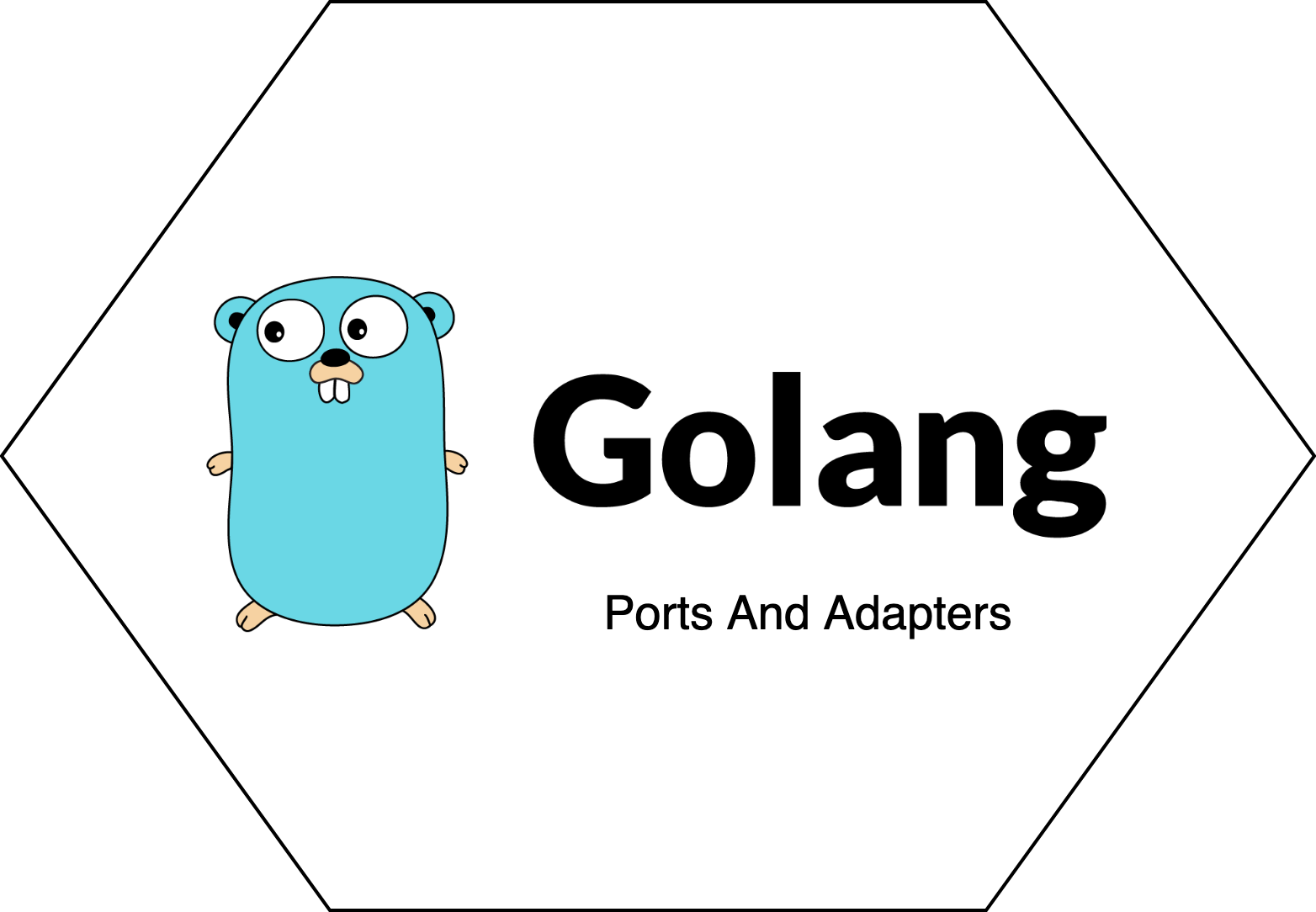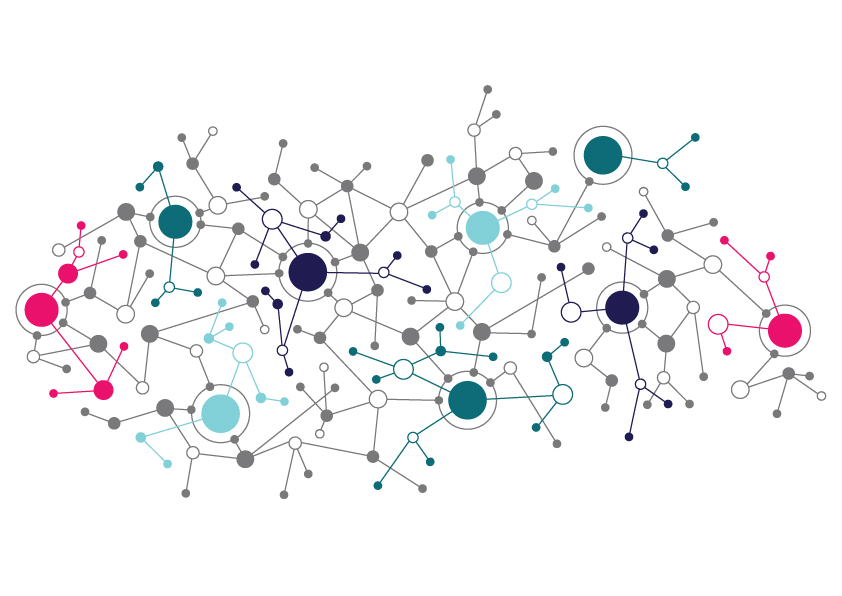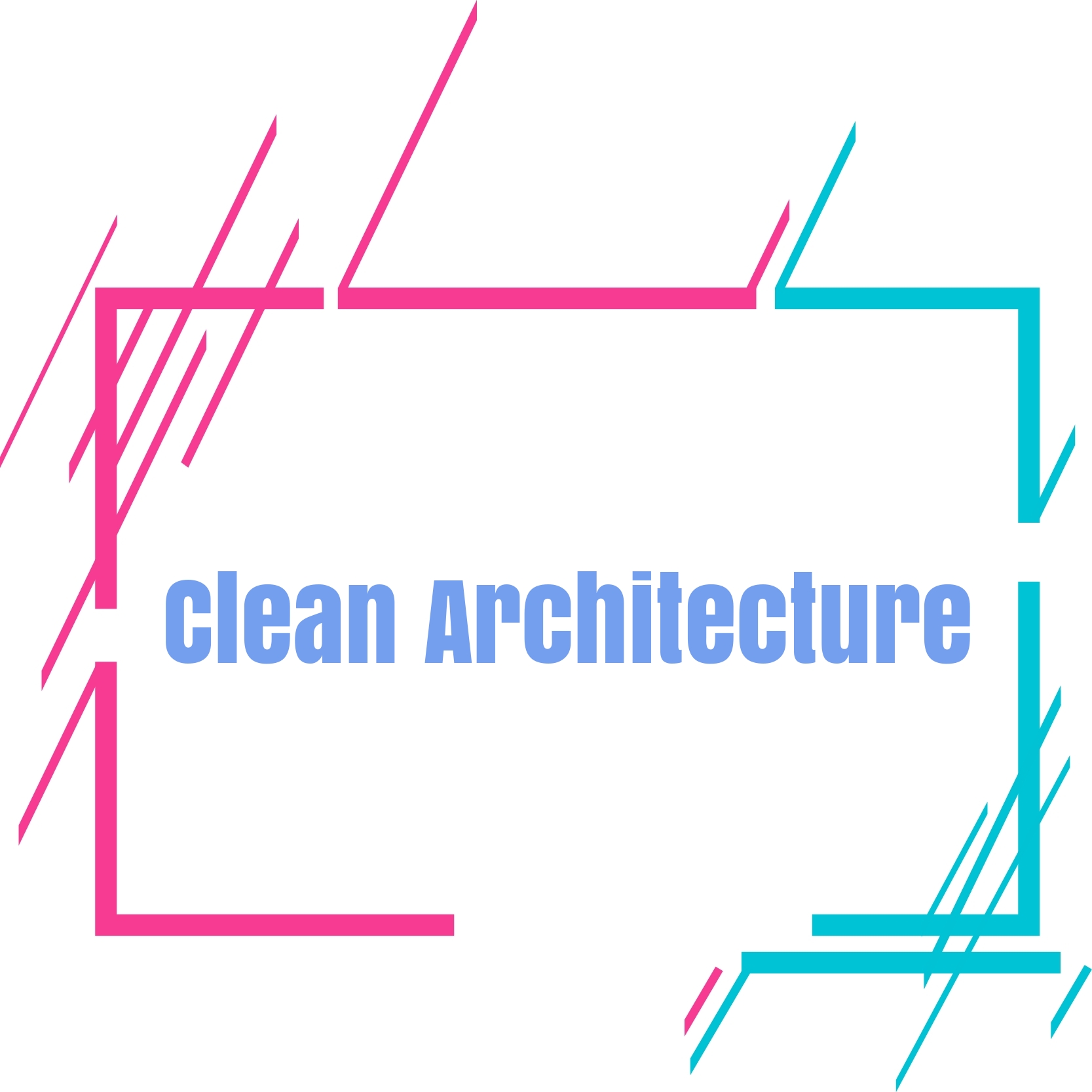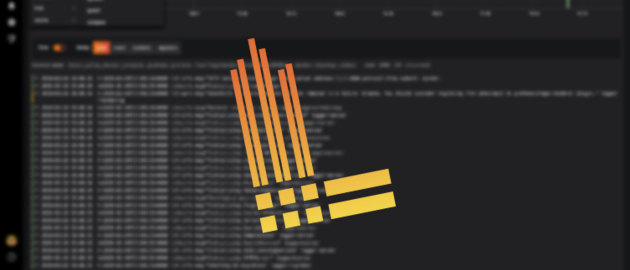
In software, auditing means tracking user or system activities for various needs, such as business or security. An example would be - user X tried to access resource Y.
When I encuntered issues with auditing at my current company, I looked for solutions online, most of which, were either vague, lackluster or plain simple. That is why, after having implemented and dealt with auditing at scale, I would like to share my thoughts. In this post, I will show the various methods for implementing auditing together with code examples and pros and cons.







